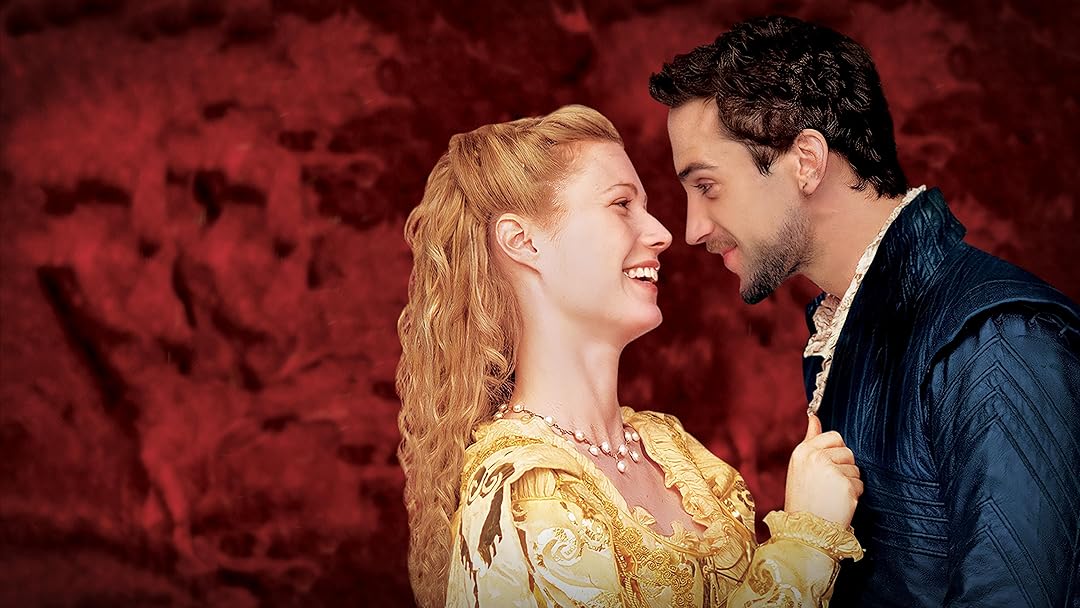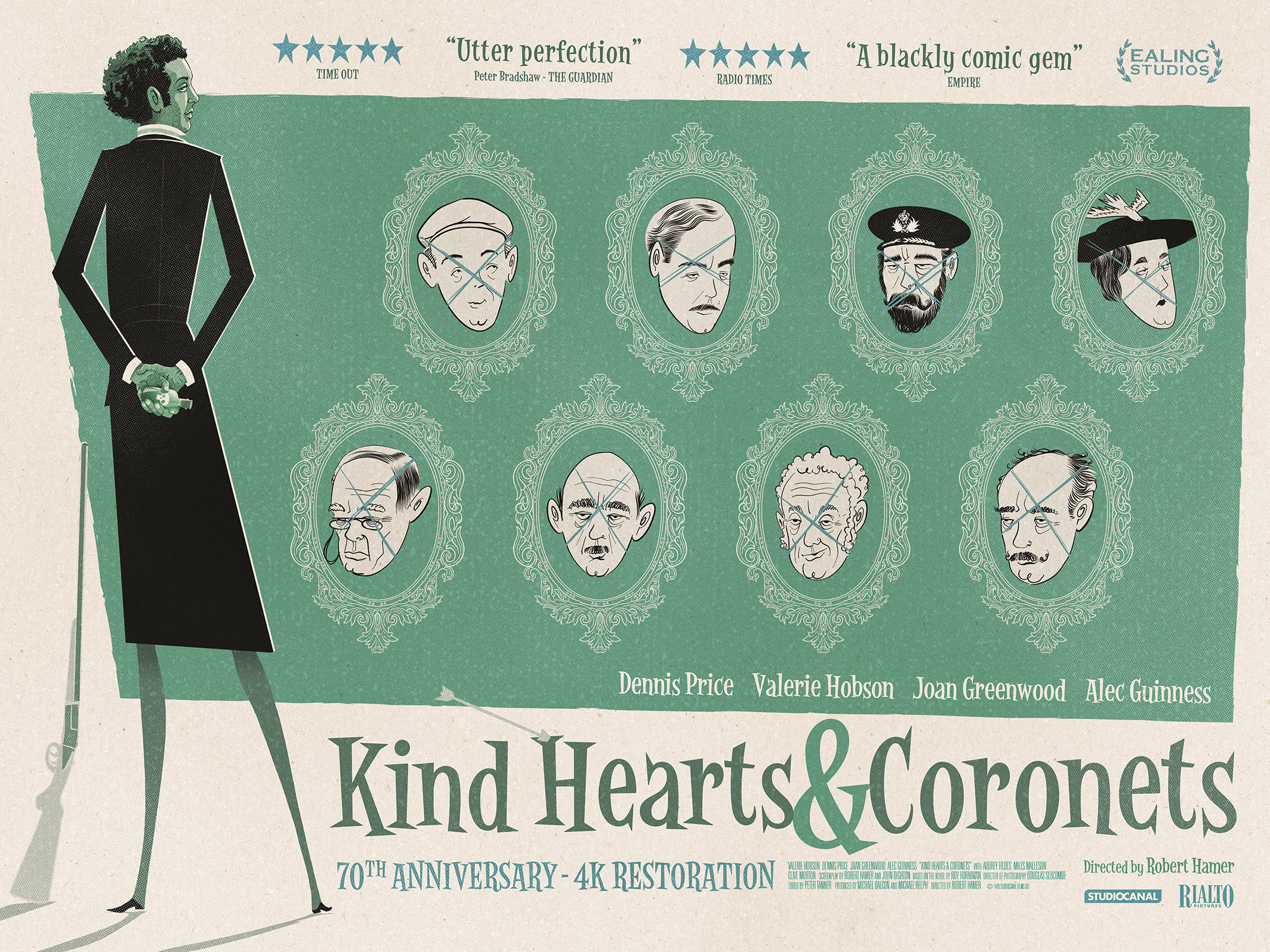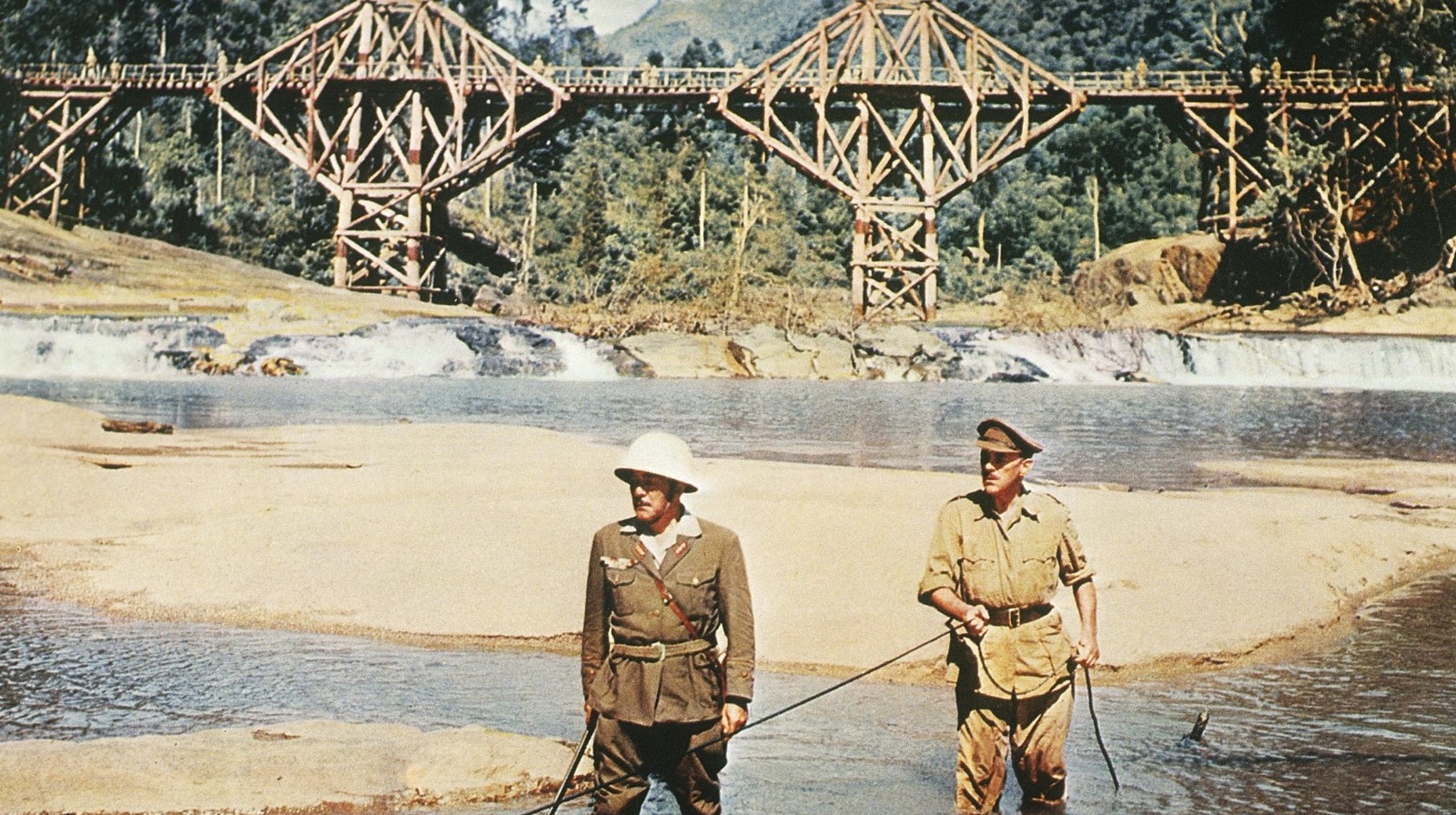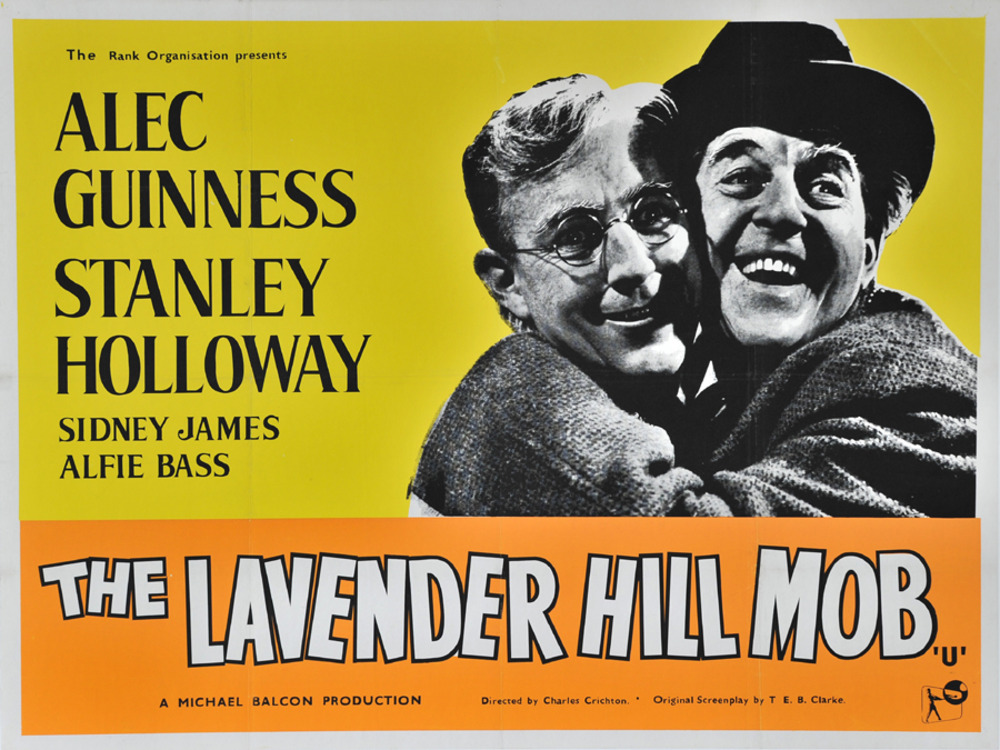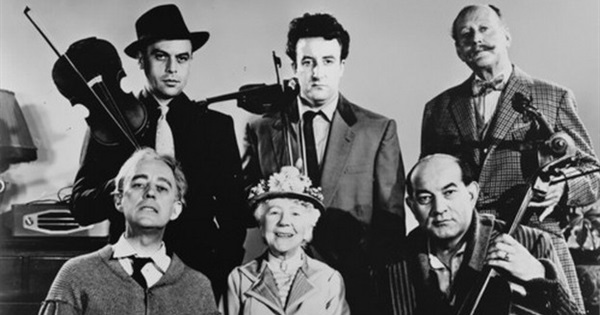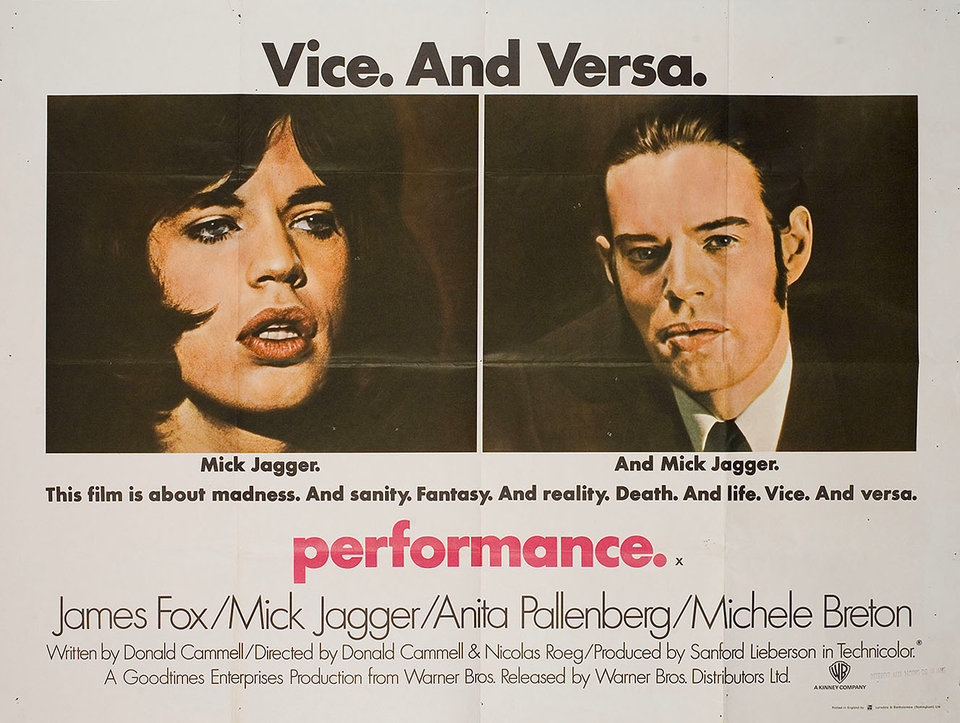
10 Interesting Facts and Figures About Performance (1970)
“Performance” is a landmark film that redefined the boundaries of cinema in the early 1970s. Directed by Nicolas Roeg and Donald Cammell, this British movie is celebrated for its bold storytelling, innovative cinematography, and memorable performances. Here are ten fascinating facts and figures about “Performance” that highlight its significance and impact.
1. Dual Directorial Roles
“Performance” was a unique collaboration between Nicolas Roeg and Donald Cammell, with Roeg serving as the cinematographer and co-director. This partnership combined Cammell’s theatrical background with Roeg’s innovative visual style, resulting in a film that was both visually stunning and thematically rich.
2. A Star-Studded Cast
The film features a remarkable cast, including Mick Jagger, who made his acting debut as the enigmatic rock star Turner. His performance was a pivotal factor in attracting audiences, blending his music career with a compelling cinematic presence.
3. A Groundbreaking Narrative Structure
“Performance” is noted for its non-linear storytelling. The film weaves together multiple narratives, exploring themes of identity, violence, and sexuality. This innovative approach was ahead of its time and has influenced countless filmmakers since its release.
4. The Influence of the Counterculture Movement
Released during the height of the counterculture movement in the 1970s, “Performance” reflects the era’s social and political upheaval. The film captures the spirit of rebellion and the search for alternative lifestyles, resonating deeply with its contemporary audience.
5. Iconic Cinematography
Nicolas Roeg’s cinematography in “Performance” is often hailed as groundbreaking. The film utilizes striking visual techniques, including rapid cuts and dreamlike sequences, which enhance the sense of disorientation and mirror the characters’ internal struggles.
6. Controversial Reception
Upon its release, “Performance” received mixed reviews, with some critics praising its audacity while others found it perplexing. Its graphic content and challenging themes sparked controversy, contributing to its cult status over the years.
7. The Role of Music
Music plays a crucial role in “Performance,” with a soundtrack that features a blend of rock and avant-garde compositions. The film’s use of music not only enhances the narrative but also reflects the characters’ emotional states, particularly through Jagger’s performances.
8. Lasting Cultural Impact
“Performance” has left a lasting legacy in cinema, influencing filmmakers and artists for decades. Its exploration of identity and the fluidity of roles has been cited as an inspiration in various genres, from psychological thrillers to art films.
9. Restoration and Re-release
In 2010, the British Film Institute released a restored version of “Performance,” allowing a new generation to experience the film’s innovative style. This restoration brought attention back to the film, reaffirming its status as a classic.
10. A Cult Classic
Today, “Performance” is considered a cult classic, celebrated for its daring approach and rich symbolism. It continues to captivate audiences and scholars alike, ensuring its place in the pantheon of influential films.
Conclusion
“Performance” remains a pivotal work in the history of British cinema, showcasing the creative risks taken during a transformative era. With its unique storytelling, strong performances, and striking visuals, the film challenges viewers to reflect on the complexities of identity and existence. As we revisit this classic, it’s clear that “Performance” not only captured the spirit of its time but also paved the way for future generations of filmmakers.

